#1980s
Rare Rides Icons: The History of Kia's Larger and Full-size Sedans (Part IV)
We return to our coverage of Kia sedans today and discuss a midsize from just prior to the flagship Enterprise we discussed last time. Kia offered the first midsize car to bear its branding in 1987 when it introduced the new Concord. Concord was essentially a broughamed, front-rear clip swap take on the GC platform Mazda 626. Mazda discontinued the GC 626 that year and immediately sold the platform and tooling to Kia. A couple of years later, the Concord spawned a lesser sibling called the Capital. Capital looked very similar to the Concord but sold to a more economically-minded customer with its much lower level of equipment and low-powered engines.
When the Capital finished up its run in 1997, it was replaced by a compact car Kia had on sale for a few years already: The Sephia. Sephia wouldn’t do for Concord-level customers though, and upon the sedan’s discontinuation in 1995 they were directed to an all-new Kia. The company was ready with its new midsize to bookend the Concord, and it went on sale the same year. Though the new car was again on a donated platform, it was the first time Kia had some leeway to design a midsize of their own. It’s time to discuss Credos.
Rare Rides Icons: The Ford Festiva, a Subcompact and Worldwide Kia by Mazda (Part II)
We return to our Rare Rides Icons coverage of the Ford Festiva today. An important world vehicle for the likes of Ford, Mazda, Kia (and eventually many others), the Festiva arrived at a time when rear-drive subcompacts were being replaced by much more efficient models that were front-drive. And the Mazda-designed Festiva was certainly more efficient and more front-drive than the Fiesta it replaced.
Abandoned History: General Motors' Turbo-Hydramatic Transmissions (Part II)
Our Abandoned History coverage of the Turbo-Hydramatic transmission series continues today. The THM was a singular solution to two different automatic transmissions in use by Oldsmobile, Cadillac, and Buick in 1963. Turbo-Hydramatic arrived at a time of modernization for the automatic, which prior to the mid-Sixties was regarded as inefficient and less than smooth.
The THM400 was the 1964 replacement for the Hydra-Matic and Buick’s Dynaflow and established itself as a smooth and reliable gearbox. It proved useful in a variety of luxury and heavy-duty applications and shrugged off weight and torque easily. In short order, it took off as the transmission of choice for various small manufacturers outside of GM. However, no matter how excellent the THM400 was, it found itself squeezed by a drive toward greater fuel efficiency. It was also a bit hefty to be of broad use in smaller or lighter passenger cars. GM needed more Turbo-Hydramatics!
Rare Rides Icons: The History of Kia's Larger and Full-size Sedans (Part III)
We’ve reached the end of the Nineties in Kia’s midsize-or-more sedan story. It was a time of modernization across Kia’s portfolio, and 1998 and 1999 were years of expansion in particular: Kia introduced an impressive nine all-new models across those two years.
For its larger sedan lineup, the dated Potentia (a rework of the Eighties Mazda Luce) continued on in its popularity in the South Korean market. Potentia was updated from its original 1992 looks for 1998. However, that same year Kia introduced a new large luxury sedan to its lineup. The company once again relied on friendly product partner Mazda. Let’s talk about Enterprise.
Rare Rides: The 1966 Nissan Prince Royal, an Imperial Family Limousine
In Part I of our Abandoned History coverage of GM’s Turbo-Hydramatic transmission line, your author made reference to a very exclusive Nissan that made use of the hefty THM400. That extremely formal Rare Ride has been on my mind since then, so here we are. If it pleases your majesty: The 1966 Nissan Prince Royal.
Abandoned History: General Motors' Turbo-Hydramatic Transmissions (Part I)
A few weeks ago, we concluded Abandoned History’s two-part coverage of the Chrysler UltraDrive transmission. Within the comments was a request for more transmission coverage of an equally abandoned nature. Let it be so! Come along as we discuss the vast automatically shifted expanse that was the Turbo-Hydramatic transmission family, by General Motors.
Abandoned History: Dodge's Dead Import Trucks (Part III)
In a captive import enterprise that began in 1979, Dodge sold Mitsubishi’s compact pickup (aka Mighty Max in North America) to compete with the likes of the Ford (Mazda) Courier and the Chevrolet (Isuzu) LUV. Badged as the Ram 50, the truck was sold through two generations, 1979-1986 and 1987-1994. By the Nineties, the second-gen was showing its age, and Dodge decided it would rather focus on its own midsize truck, the Dakota.
But there was another captive import that arrived at the very same time as the second edition of the Ram 50. Say hello to the Raider.
Junkyard Find: 1985 Cadillac Cimarron
Way back in 2007, I kicked off the Down On the Street series (which was supposed to be a one-time reference to the title of a Stooges song beloved by me and the late Davey J. Johnson) with the first of what would turn out to be hundreds of interesting street-parked cars: a 1984 Cadillac Cimarron d’Oro. That led to something of a Cimarron obsession, and I’ve spent the past 15 years documenting every semi– intact Cadillac J-Body I find during my junkyard adventures. You’d think they’d all have been crushed by now, but such is not the case; I found this loaded Brown Overload Edition ’85 in a yard near Pikes Peak earlier this year.
Rare Rides Icons: The Ford Festiva, a Subcompact and Worldwide Kia by Mazda (Part I)
We embark on the important and global tale of a subcompact hatchback today. Your author referenced it last week in Part I of our Kia large cars series, and now it’s time for the promised comprehensive Rare Rides coverage! Manufactured in various places around the world, our subject vehicle lived a long life and had no fewer than 10 identities over its impressive 17-year span. We’re going to party, karamu, Festiva, forever.
Rare Rides Icons: The History of Kia's Larger and Full-size Sedans (Part II)
We pick Kia’s large-car story once more today, at a point when the Korean manufacturer was in the midst of establishing itself as a proper full-line automaker, albeit with contributions from various other automotive firms. After Kia built Fiats and Peugeots via knock-down kits, it moved on to a light rework of the early Eighties Mazda 626. It made two cars out of the 626, its first midsize offerings. They were the upscale Concord and lesser (but still sort of upscale looking) Capital. But before we move on to the company’s first truly full-size car, we need to talk about the Mercury Sable for a moment.
Abandoned History: Dodge's Dead Import Trucks (Part II)
Dodge’s import truck story began in 1979, when the Mitsubishi Forte (or L200) arrived on North American shores, rebadged as the Dodge D-50 and Plymouth Arrow. A captive import like the Colt, the durable Dodge D-50 (later Ram 50) proved itself a solid entrant into the compact pickup truck market. What proved unpopular was the Plymouth Arrow, which did not make it past its initial 1979-1982 outing. The Ram 50 was refreshed in 1982 but was certainly due for replacement in 1987 when the second generation arrived.
Junkyard Find: 1983 Dodge Rampage
Once the Dodge Omni/ Plymouth Horizon, front-wheel-drive econoboxes that began life as Chrysler Europe designs, proved to be strong sellers in North America, Lee Iacocca and his poker buddies decided that a pickup based on the Omnirizon platform would be a fine idea. The result was the Dodge Rampage and its Plymouth-badged sibling, the Scamp. I found one of those cartrucks in a Denver-area wrecking yard a while back.
Rare Rides Icons: The History of Kia's Larger and Full-size Sedans (Part I)
I got to thinking about one particular big old Kia from the late Nineties the other day, and upon searching it on The Internet, I realized the Korean manufacturer had a much longer history with large cars than I’d thought previously. Given most of them were (or are) off-limits to the North American market, it might be time for a history lesson. We begin today with Kia’s first large car. It’s one you’ve probably heard of, because it was a Peugeot.
Abandoned History: The Chrysler UltraDrive Transmission (Part II)
We finish up our Abandoned History coverage of the long-lived UltraDrive transmission today. The pursuit of simplification, modernization, less weight, and better fuel economy lead to the creation of the electronically controlled four-speed A604 marketed as UltraDrive. The idea floated around at Chrysler in the Seventies and then was greenlit and put into production (before it was ready) by an eager Lee Iacocca. A case of unfortunate timing, the new transmission arrived in 1989 at a time when there was almost no exciting news in Chrysler’s product portfolio. Thus the UltraDrive name was coined by marketing, and the new and advanced transmission was featured heavily in the company’s PR materials in 1989 and 1990.
The UltraDrive’s debut version was prone to numerous types of failures because of fluids and sensors, build quality, parts, really everything. But engineers at Chrysler quickly massaged the A604 into the improved 41TE that was ready for use midway through the 1990 build year. UltraDrive was up and running within acceptable reliability standards per Chrysler. Clearly, it was time to create more UltraDrive variations!
Abandoned History: Dodge's Dead Import Trucks (Part I)
Recently on Abandoned History, we learned about the Colt, a captive import Dodge/Plymouth/Eagle/AMC/Renault sold courtesy of a badge swap on some compact cars from Mitsubishi. During that series’ tenure, one of our readers had a great idea: A separate Abandoned History discussion of the captive import trucks and SUVs in the Dodge portfolio. The time has come!




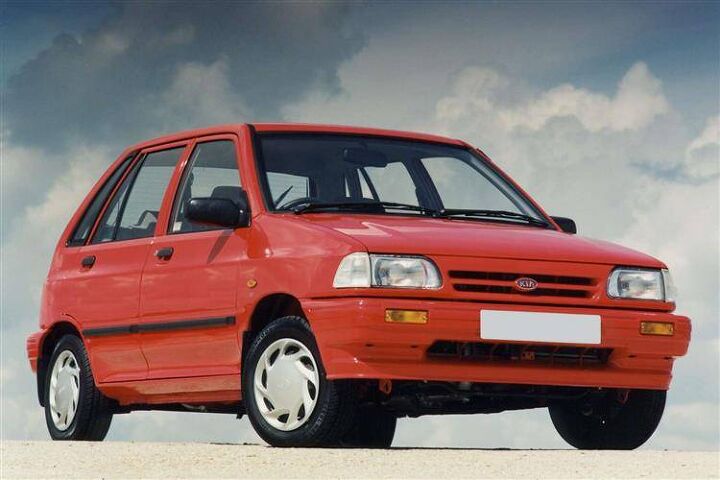



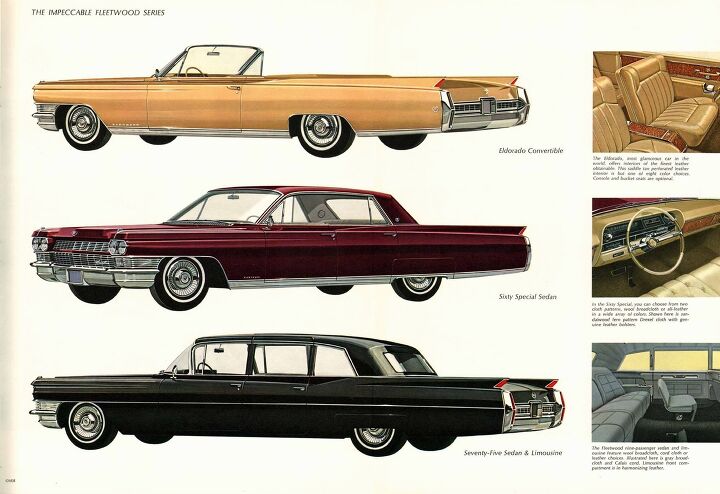



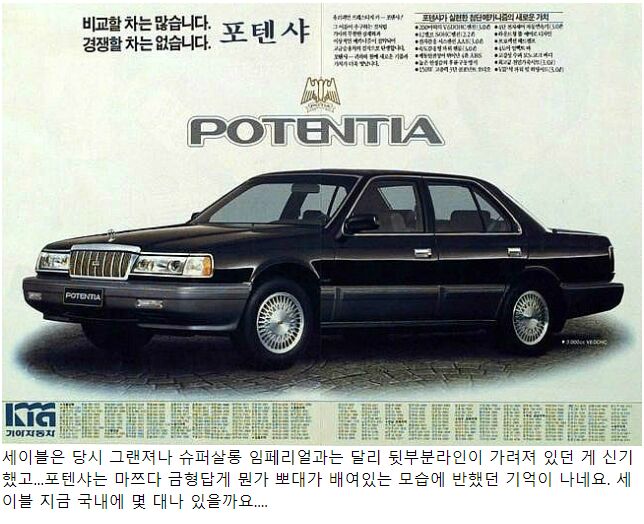
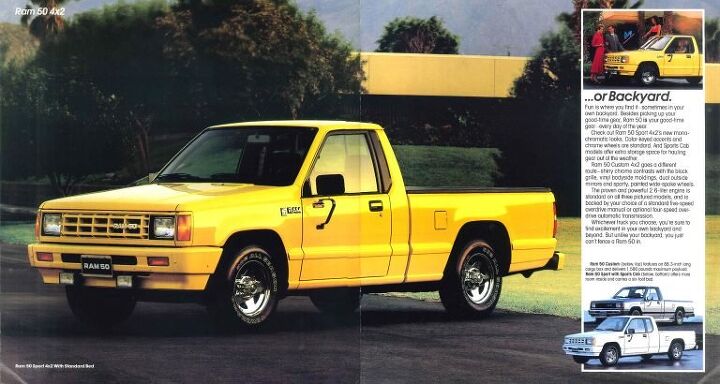

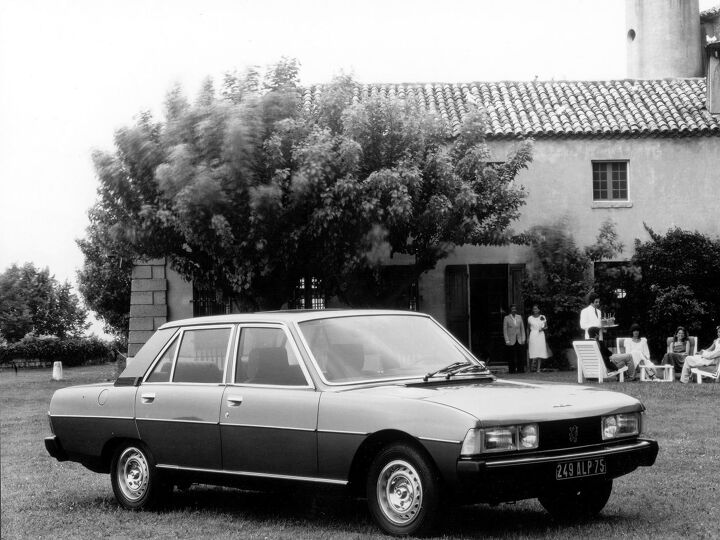
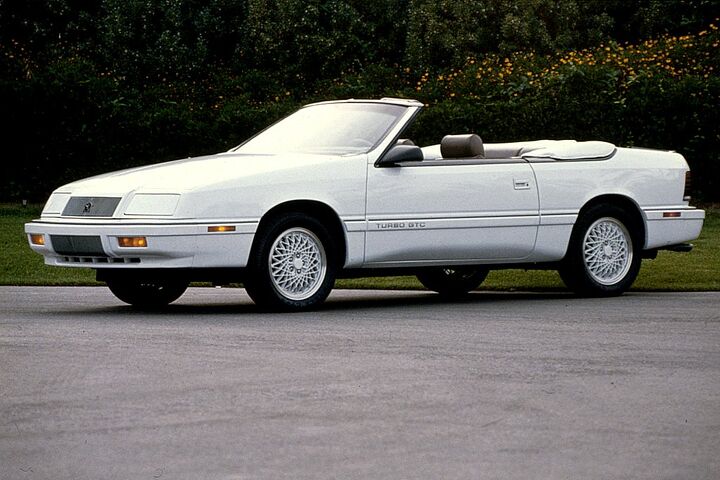
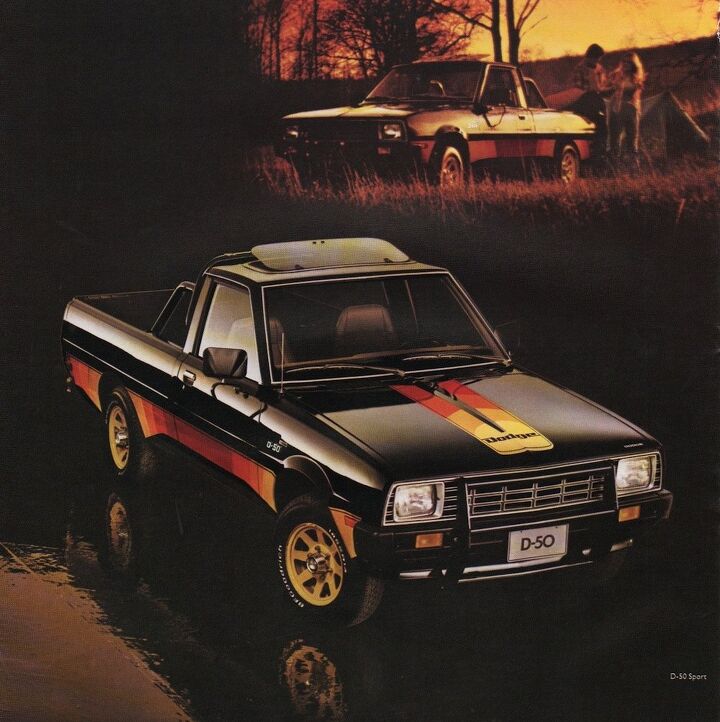












Recent Comments